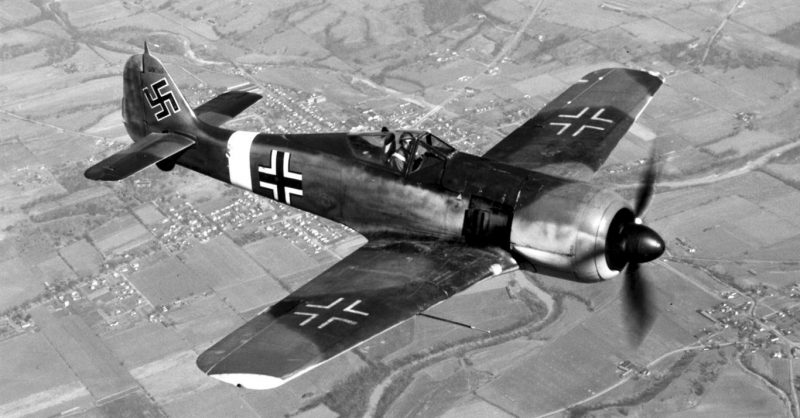It is the end of WWII, and you have 50 perfectly good German Focke-Wulf FW-190 planes, but the American Government is pressurizing you to destroy them and replace them with American built fighters. What do you do?
This is the dilemma that faced the Turkish government at the end of WWII. At the outbreak of hostilities, Hitler had donated a total of 71 Focke-Wulf FW-190 planes to the Turkish air force in a bid to persuade Turkey to join the Axis powers.
The ploy did not work, and Turkey maintained her neutrality, but she did have her pilots trained in Britain, though she accepted the war birds from Germany in exchange for iron and chrome ore.
At the end of the war, Turkey naturally sided with the Allies and in terms of a 1947 agreement between Ankara and Washington, the planes should have been broken up and sold for scrap, but Uluhan Hasdal, a Turkish military enthusiast, believes otherwise.
In an interview with Daily Sabah, he said that he had approached the Turkish Government for permission to excavate the former air force base in the city of Kayseri, as he believes that the planes were not destroyed but dismantled, carefully wrapped in oil soaked cloths and buried. They were forgotten in their underground hiding place as the world moved on and the jet age arrived, making propeller driven fighters obsolete. He quoted metal detector surveys that had been done a proof that the planes may still be lying
They were forgotten in their underground hiding place as the world moved on and the jet age arrived, making propeller driven fighters obsolete. He quoted metal detector surveys that had been done a proof that the planes may still be lying
He quoted metal detector surveys that had been done a proof that the planes may still be lying under the ground.
Bureaucratic red tape and the coup in Turkey have delayed the start of the project, but it is intriguing to think that if Hasdal’s supposition is true then he may find that some of the planes may be resurrected to fly again.
They were built for rugged conditions, so they may have survived well their 75-year incarceration, Mail Online reported.
The Hisart Museum’s founder, Nejat Çuhadaroğlu, has offered to exhibit any aircraft that are recovered.
